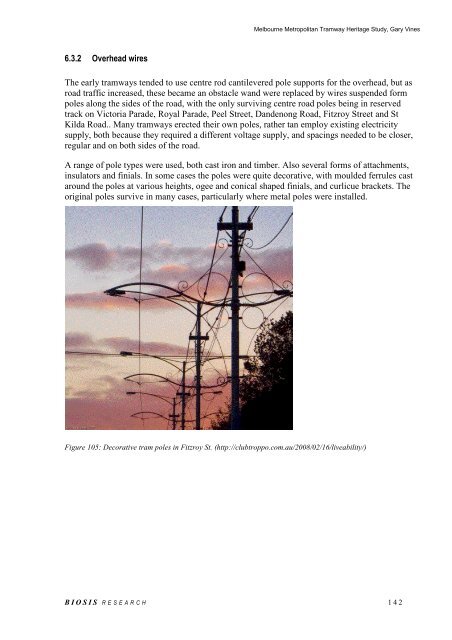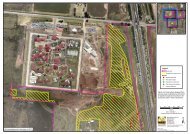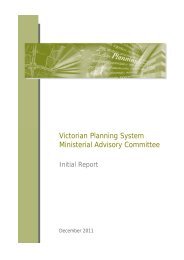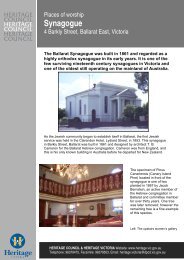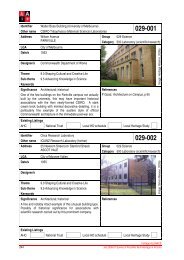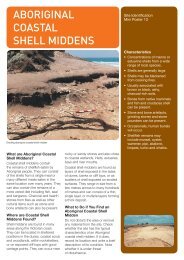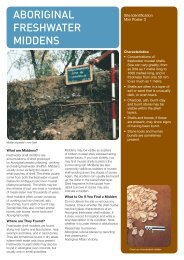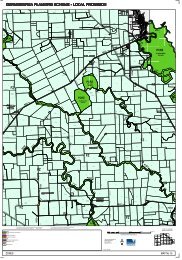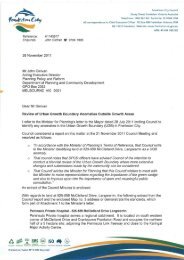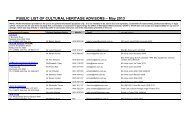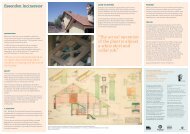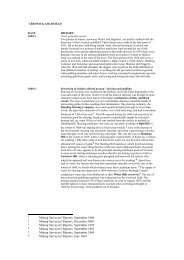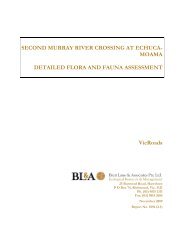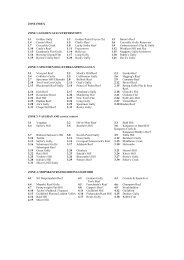Tram history - Chapter 6 - Part 1
Tram history - Chapter 6 - Part 1
Tram history - Chapter 6 - Part 1
Create successful ePaper yourself
Turn your PDF publications into a flip-book with our unique Google optimized e-Paper software.
6.3.2 Overhead wires<br />
Melbourne Metropolitan <strong>Tram</strong>way Heritage Study, Gary Vines<br />
The early tramways tended to use centre rod cantilevered pole supports for the overhead, but as<br />
road traffic increased, these became an obstacle wand were replaced by wires suspended form<br />
poles along the sides of the road, with the only surviving centre road poles being in reserved<br />
track on Victoria Parade, Royal Parade, Peel Street, Dandenong Road, Fitzroy Street and St<br />
Kilda Road.. Many tramways erected their own poles, rather tan employ existing electricity<br />
supply, both because they required a different voltage supply, and spacings needed to be closer,<br />
regular and on both sides of the road.<br />
A range of pole types were used, both cast iron and timber. Also several forms of attachments,<br />
insulators and finials. In some cases the poles were quite decorative, with moulded ferrules cast<br />
around the poles at various heights, ogee and conical shaped finials, and curlicue brackets. The<br />
original poles survive in many cases, particularly where metal poles were installed.<br />
Figure 105: Decorative tram poles in Fitzroy St. (http://clubtroppo.com.au/2008/02/16/liveability/)<br />
B I O S I S R E S E A R C H 1 4 2


